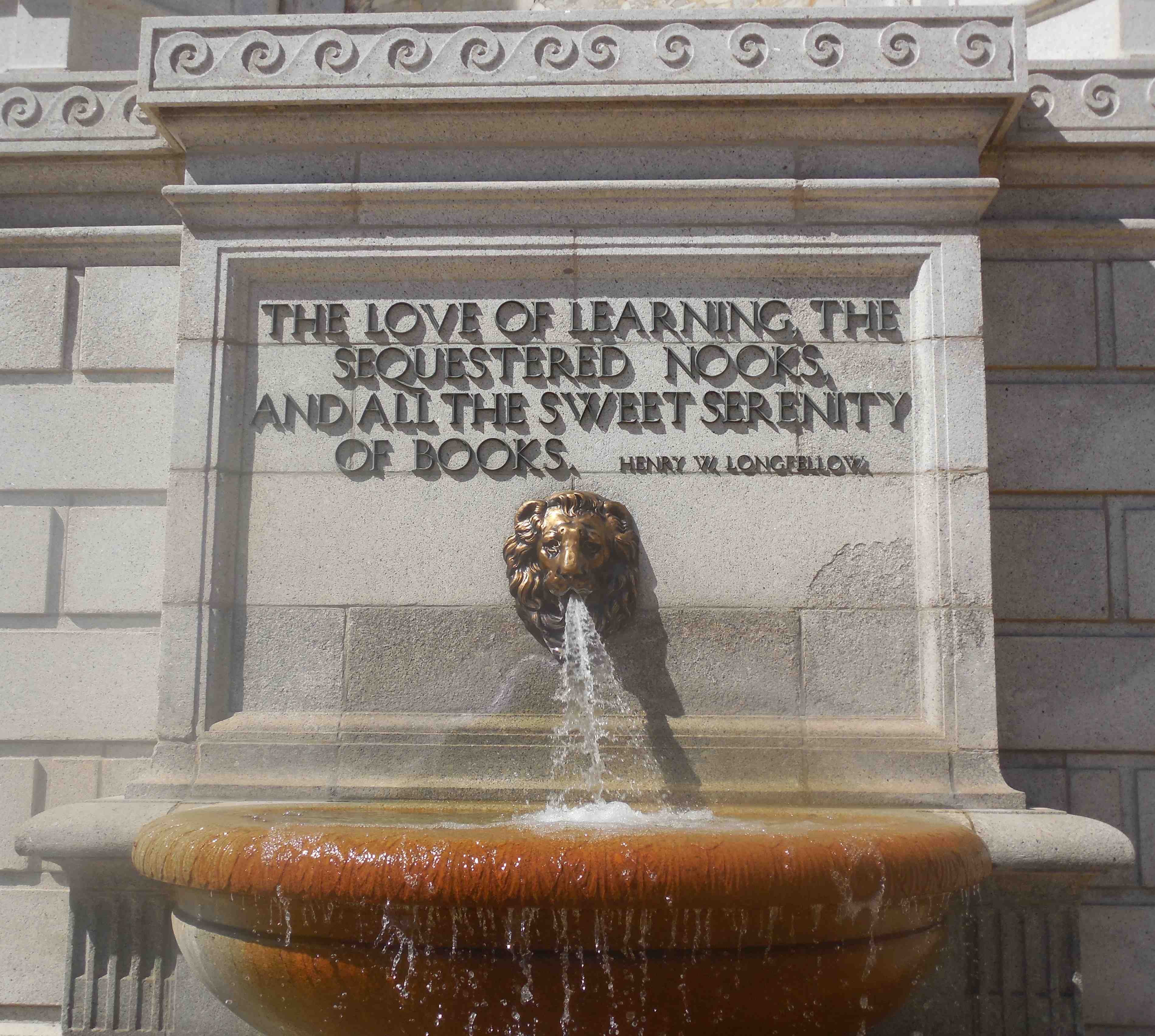TITLE: StrangeLoop is in the Books
AUTHOR: Eugene Wallingford
DATE: September 27, 2015 6:56 PM
DESC:
-----
BODY:
The conference came and went far too quickly, with ideas enough
for many more days. As always, Alex Miller and his team put on
a first-class program with the special touches and the vibe that
make me want to come back every year.
Most of the talks are already online. I will be writing up my
thoughts on some of the talks that touched me deepest in
separate entries over the next few days. For now, let me share
notes on a few other talks that I really enjoyed.
Carin Meier talked
about her tinkering with the ideas of chemical computing, in
which we view molecules and reactions as a form of computation.
In her experiments, Meier encoded numbers and operations as
molecules, put them in a context in which they could react with
one another, and then visualized the results. This sort of
computation may seem rather inefficient next to a more direct
algorithm, it may give us a way to let programs discover ideas by
letting simple concepts wander around and bump into one another.
This talk reminded me of
AM
and
Eurisko,
AI programs from the late 1970s which always fascinated me. I
plan to try Meier's ideas out in code.
Jan Paul Posma gave us a cool look at
some Javascript tools
for visualizing program execution. His goal is to make it possible
to shift from ordinary debugging, which follows something like the
scientific method to uncover hidden errors and causes, to
"omniscient debugging", in which everything we need to understand
how our code runs is present in the system. Posma's code and demos
reminded me of Bret Victor's work, such as
learnable programming.
Caitie McCaffrey's talk on building scalable, stateful services and
Camille Fournier's talk on hope and fear in distributed system
design taught me a little about a part of the computing world I
don't know much about. Both emphasized the importance of making
trade-offs among competing goals and forces. McCaffrey's talk had
a more academic feel, with references to techniques such as
distributed hash tables with nondeterministic placement, whereas
Fournier took a higher-level look at how context drives the balance
between scale and fault tolerance. From each talk I took at least
one take-home lesson for me and my students:
- McCaffrey asked, "Should you read research papers?" and
immediately answered "Yes." A lot of the ideas we need today
appear in the database literature of the '60s, '70s, and '80s.
Study!
- Fournier says that people understand asynchrony and changing
data better than software designers seem to think. If we take
care of the things that matter most to them, such as not
charging their credit cards more once, they will understand the
other effects of asynchrony as simply one of the costs of
living in a world that gives them amazing possibilities.
Fournier did a wonderful job stepping in to give the Saturday
keynote address on short notice. She was lively, energetic, and
humorous -- just what the large audience needed after a long day
of talks and a long night of talking and carousing. Her command
of the room was impressive.
More notes soon.
~~~~
PHOTO. One of the plaques on the outside wall of the St. Louis
Public Library, just a couple of blocks from the Peabody Opera
House and StrangeLoop. Eugene Wallingford, 2015. Available
under a
CC BY-SA
license.
-----

